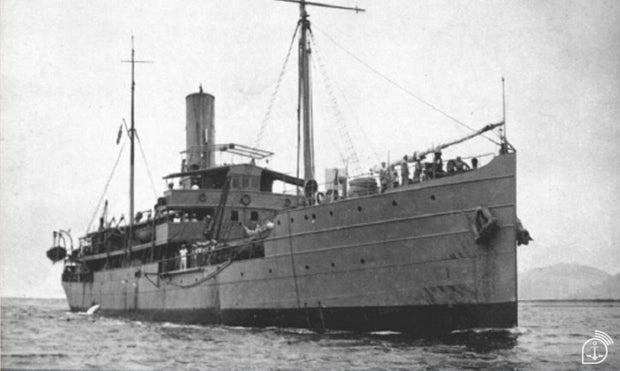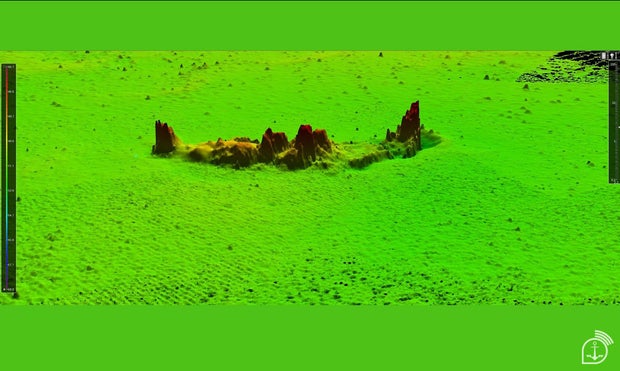More than 80 years after a Brazilian warship was sunk by a German submarine during World War II, the vessel’s location has finally been confirmed, Brazil’s navy has revealed. The historic vessel was positively identified over a decade after a fisherman’s net became ensnared on the shipwreck, without him realizing what the obstacle was.
On the night of July 19, 1944, the “Vital de Oliveira” was torpedoed by a Nazi German sub. It was the only Brazilian military ship to be sunk by enemy forces during World War II, the navy said in a news release. About 100 of the ship’s crew of approximately 270 were killed.
The ship had mainly been used to transport soldiers and supplies along the coast, and according to Brazil’s O Globo newspaper, the crew included teenagers who worked as cabin boys.
Brazil’s Navy
The site of the wreck was initially found in 2011 by a pair of brothers after a fisherman’s net got stuck at the bottom of the sea, the navy said. Ultimately, a deep-sea diver named Domingos Afonso Jório discovered that the net was stuck on a cannon, and he reported the wreck site to the navy. But officials could not confirm any shipwreck at the time.
The navy said Friday that the location of the hull of the sunken ship was finally confirmed last month, about 40 miles off the coast of Rio de Janeiro. The discovery was confirmed during a survey by an oceanographic research vessel, also called “Vital de Oliveira.”
Archaeologists used sophisticated equipment to gather data about the position and condition of the vessel, the navy said. A multibeam echo sounder was used to create 3-D models of the ocean floor, and a side scan sonar generated high-resolution acoustic images of the wreck.
“The equipment used allowed us to obtain unprecedented images of the hull,” the navy said in a statement.
Brazilian Navy
The images obtained during the survey will be used to create three-dimensional models of the shipwreck, the navy said.
Technical dives and remotely operated underwater vehicles may also be used to capture photographs and videos, as well as to collect additional data on the vessel and any artifacts associated with the shipwreck.
“This evidence allows us to understand trade routes, naval strategies, technological advances and episodes such as military confrontations and maritime disasters,” Lieutenant Captain Caio Cezar Pereira Demilio said in a statement. “In some cases, the sunken vessels are associated with specific periods, such as World War II, which adds strategic and diplomatic relevance to their study.”
According to the Library of Congress, Brazil and Mexico were the only two Latin American nations to send troops to fight in World War II, and Brazil was the only Latin American country to send troops to fight in Europe.
Several warships have been discovered across the globe in recent months. Last November, the sunken World War II destroyer USS Edsall was located at the bottom of the Indian Ocean, just days after a shipwreck discovered off the coast of Scotland was confirmed to be a British cruiser sunk by a torpedo during World War I.
Last October, the wreck of the USS Stewart, a U.S. Navy destroyer that served under both American and Japanese flags during World War II, was found off the coast of Northern California.
www.cbsnews.com




